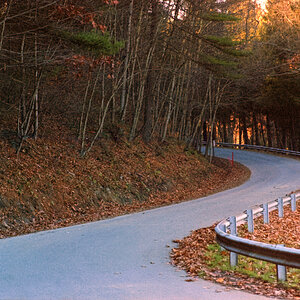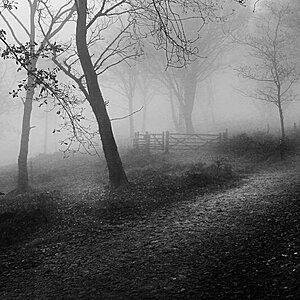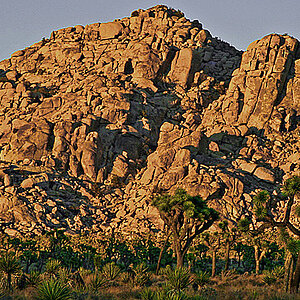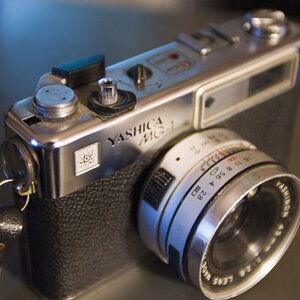VidThreeNorth
No longer a newbie, moving up!
- Joined
- Oct 21, 2016
- Messages
- 1,176
- Reaction score
- 214
- Can others edit my Photos
- Photos NOT OK to edit
I don't think anyone has actual said this before, because nobody cares: Motion blur is a lie. It is a photographic lie. Most of us like it, and we use it, but, yeah, it's a lie. If your eye was good enough in the situation, it was not what you would have seen. That is why, if you use a high enough shutter speed you won't get any motion blur. The first time I had to face it was when I started recording video, because in videos it became obvious that from frame to frame, an object can move and you can see it sharply in different places. But this is not what we generally want, so we slow the shutter speed to get the motion blur. Actually, now (for video), I'm sort of ambivalent about it. I'm just as happy seeing an object in motion sharply, frame to frame. I don't "need" motion blur. I'm perfectly happy seeing the "truth". On the other hand, for "still" photography, I still feel that motion blur has a function, because you cannot see the motion without it.
Anyway, this video is what brought this issue to me:
"Samsung Galaxy S23 Ultra - Must Have Camera Accessories!",
posted Jul 8, 2023 by "Steven Divish", [Length 11:20]
""
Anyway, this video is what brought this issue to me:
"Samsung Galaxy S23 Ultra - Must Have Camera Accessories!",
posted Jul 8, 2023 by "Steven Divish", [Length 11:20]
""




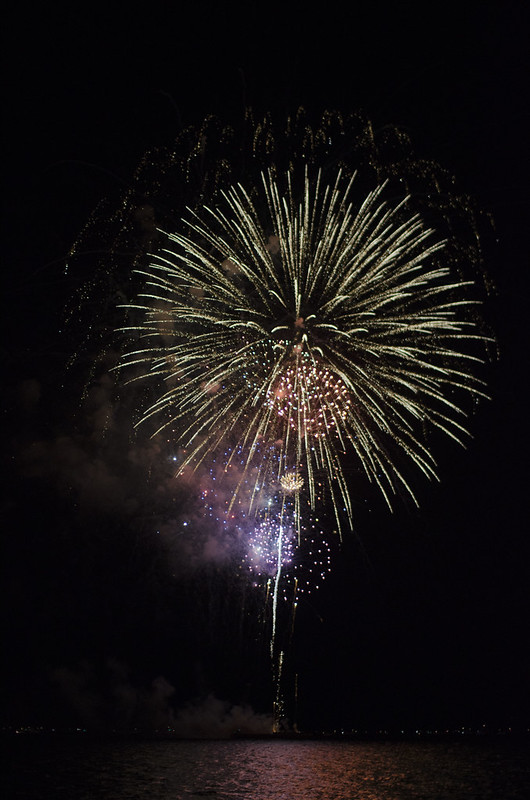
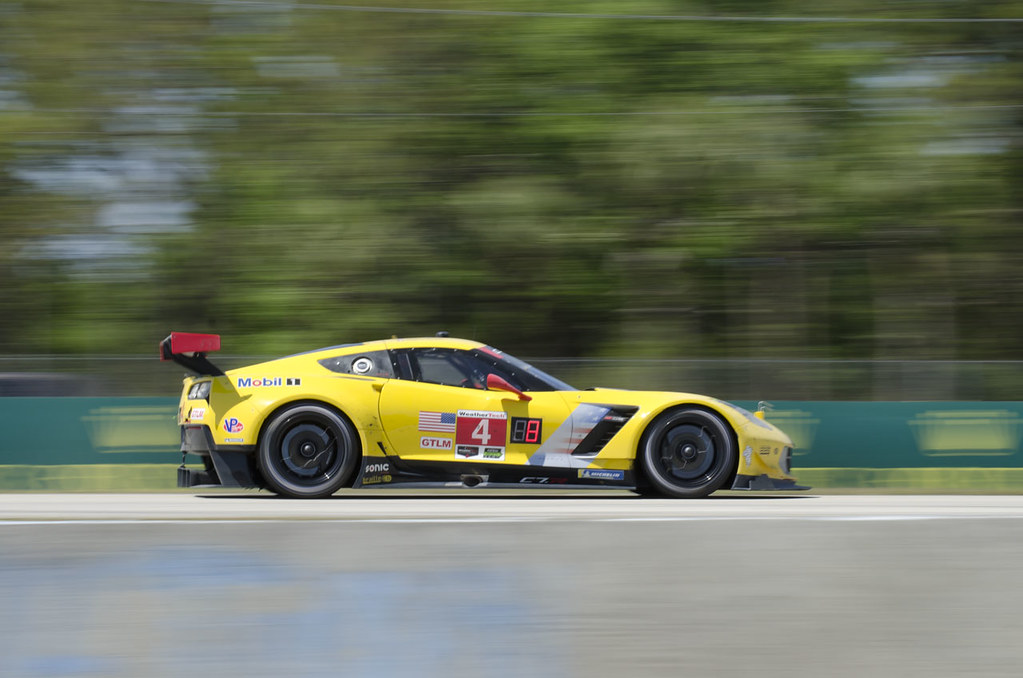

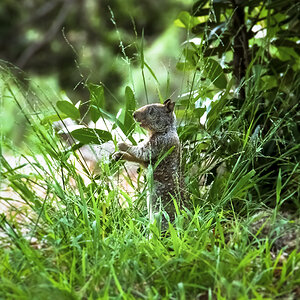
![[No title]](/data/xfmg/thumbnail/35/35664-428352d20c8015248f9625e246c3581c.jpg?1619737089)

